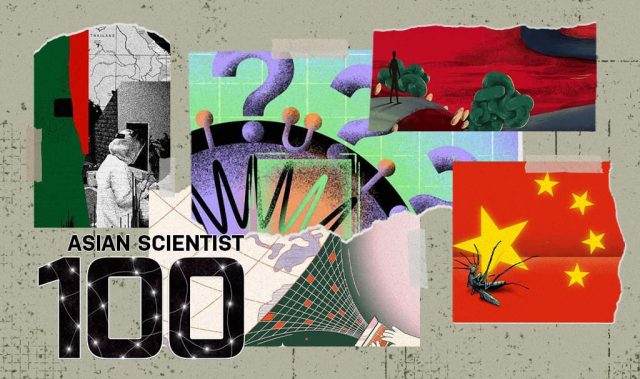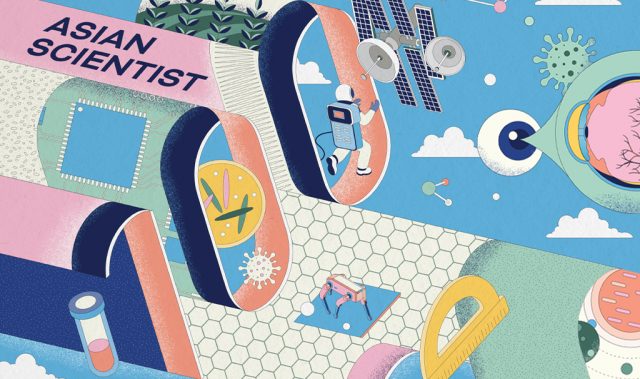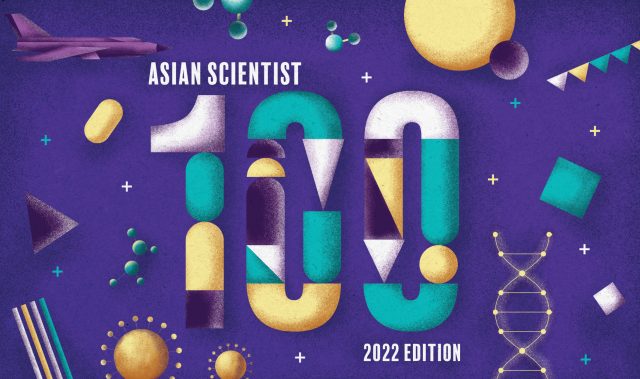
Looking into the climate crystal ball
While global climate models like the E3SM are useful in simulating our planet, scientists usually downscale them to regional climate models when evaluating specific regions. Because regional models cover smaller areas, they can be run faster and at a higher resolution. They also allow researchers to input data on local topography and features like forests and lakes for more accurate climate prediction.
To understand the impact of a 2–3°C warming on East Asia’s ecosystems, a team of South Korean scientists classified the region into distinct climate zones, such as tropical or polar. They then ran a regional climate model to investigate how each zone’s climate might change with global warming.
Using Supercomputer No. 4 from the Korean Meteorological Administration, the researchers were able to tweak a range of inputs including carbon concentration levels on earth, varying them in line with different estimates of expected emissions to derive multiple possible scenarios.
Peeking into a warming world decades from now, the team highlighted remarkable changes in climate in many of the zones surveyed. Most significant of all was the erosion of tundras in high altitude regions. At 2°C of warming, tundras in the Tibetan plateau would shrink by half. At 3°C, they would vanish completely.
As the source of the largest rivers in Asia, the Tibetan Plateau and its glaciers play a crucial role in the water cycle of surrounding countries. When these glaciers shrink with climate change, rivers in Asia will reach ‘peak water’ in the next few decades before their flows decline, potentially leaving hundreds of millions thirsty. Thankfully, with advanced warnings from supercomputers, there’s hope to prevent this yet.












